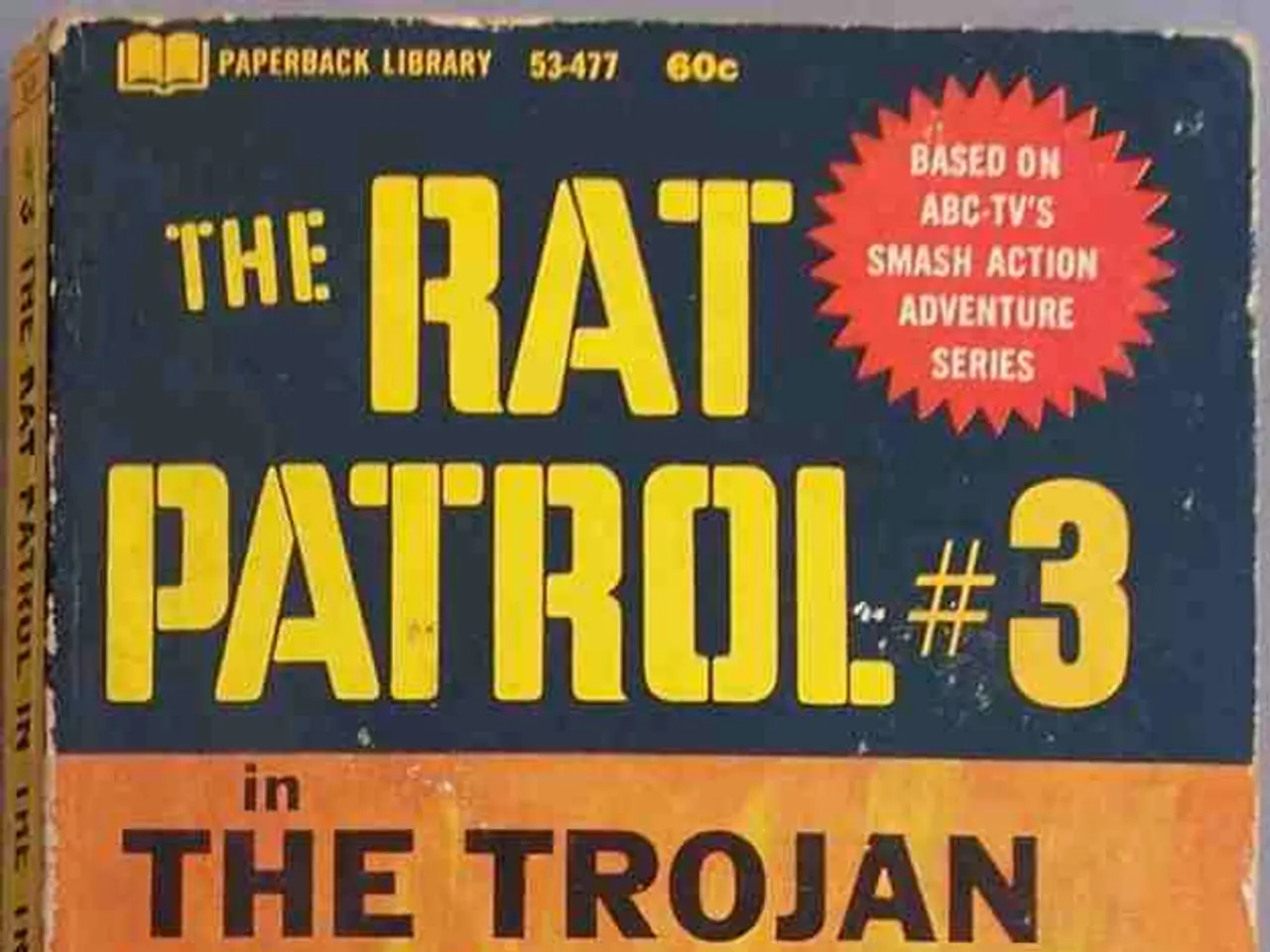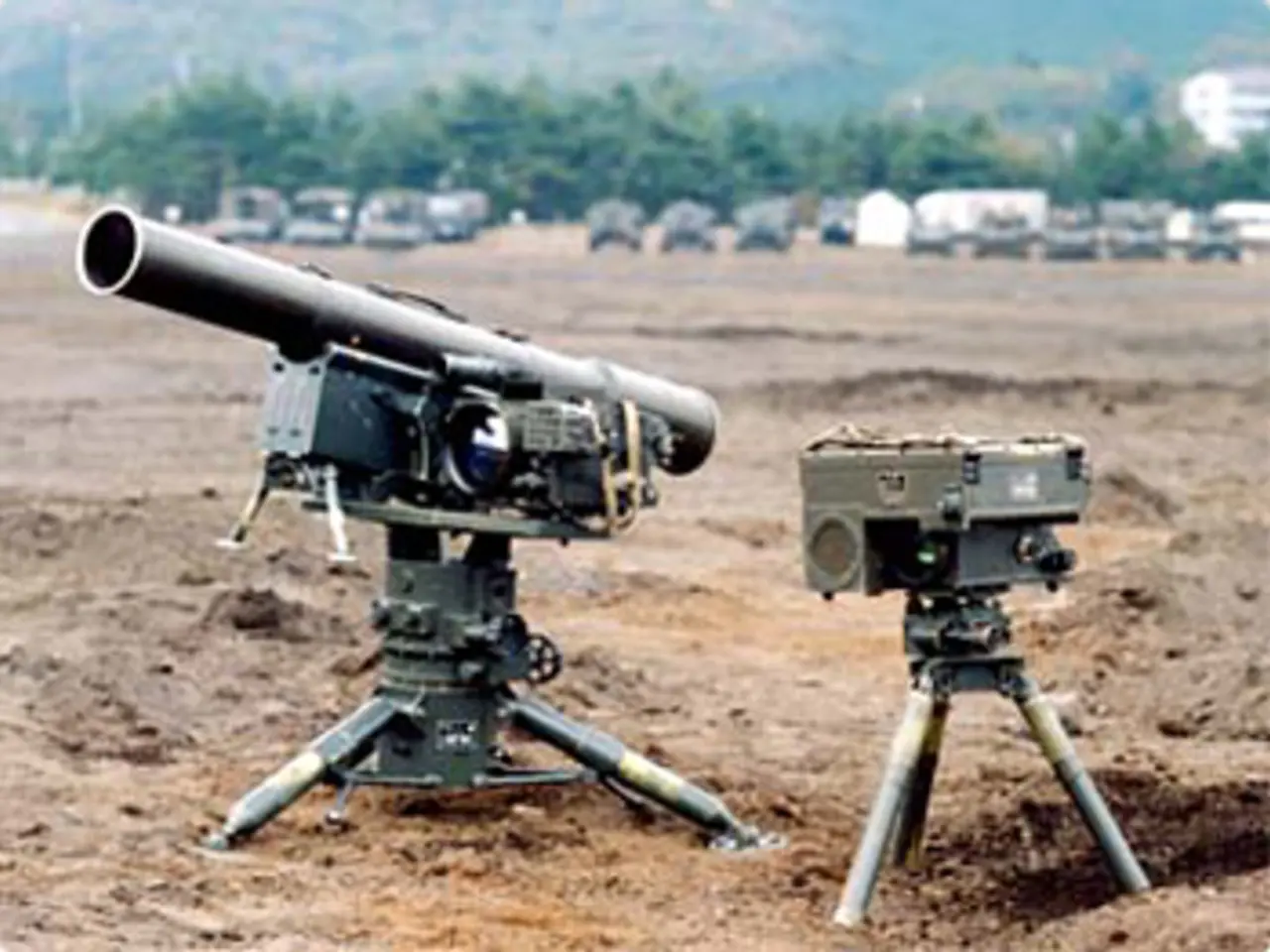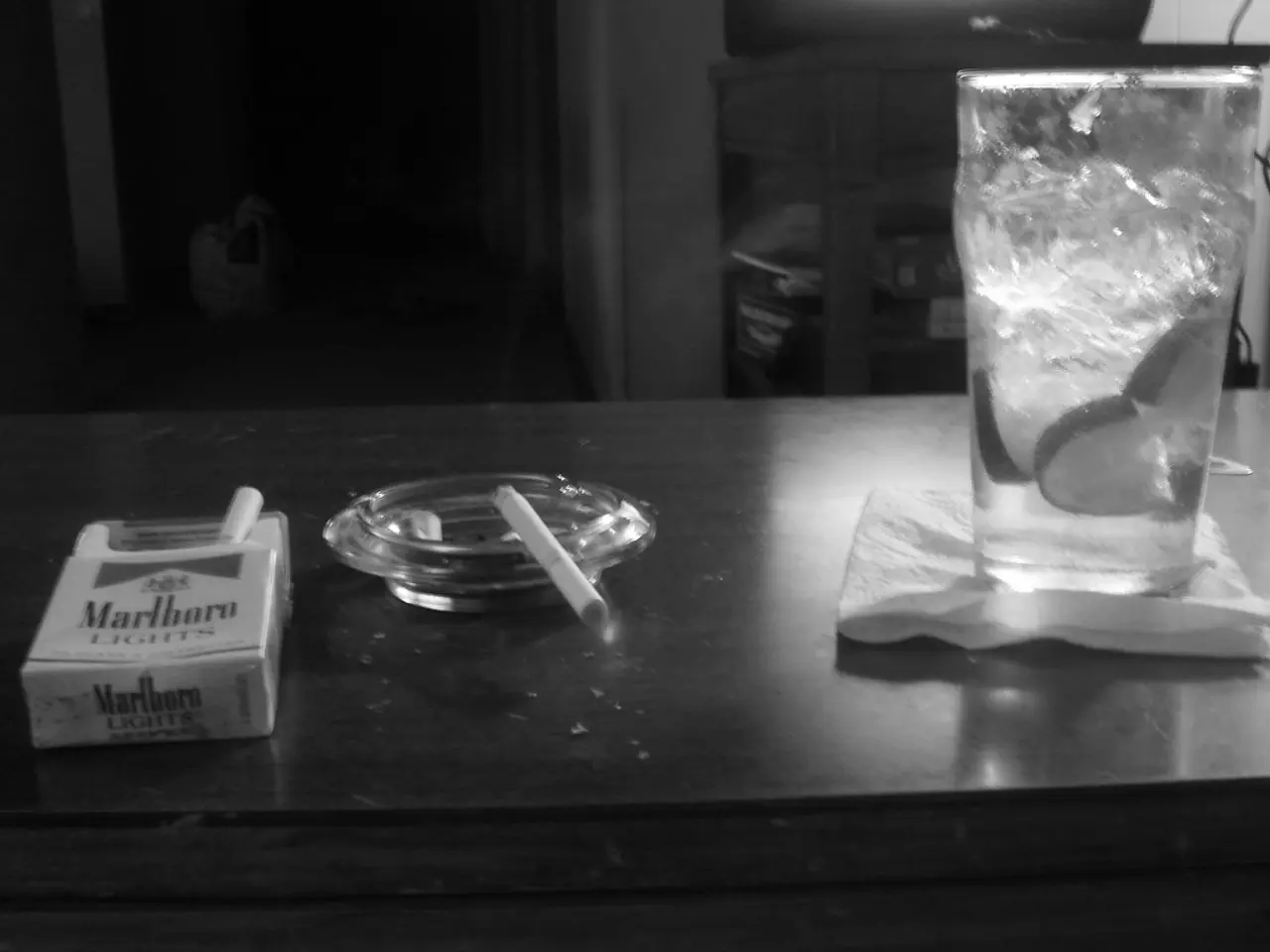Government Officials Discuss Unidentified Flying Objects
In the realm of unidentified aerial phenomena (UAP), several American presidents have left their mark, either through direct involvement or by influencing secret programs and public remarks. Here is a detailed historical account of the involvement and actions of Presidents Biden, Trump, Reagan, Nixon, Carter, Kennedy, and Eisenhower regarding UFOs/UAPs:
### Joe Biden Under President Biden's administration, the U.S. Department of Defense confirmed the formation and full funding of the All-domain Anomaly Resolution Office (AARO), dedicated to investigating UAPs. This reflects a continuing government effort to study these phenomena openly, with Congressional support in the 2024 defense budget. Biden's administration supports transparency and plans to release more information in forthcoming reports.
### Donald Trump During Trump's presidency, there was increased public interest and military acknowledgment of UAPs, partly catalyzed by the Pentagon releasing Navy pilot videos. This period saw heightened congressional inquiries and advocacy for disclosure, though Trump himself made limited direct public statements on the subject. The era contributed to broader public validation of UAP phenomena.
### Ronald Reagan Reagan is notable for his public comments linking UFOs and national security. He urged the U.S. to consider the potential threat or implications of extraterrestrial life in speeches, expressing concern about the need for preparedness. Reagan's references helped raise public awareness but did not lead to public declassification of secret UAP programs.
### Richard Nixon Although Nixon's presidency coincided with increasing UFO sightings and public interest, there is little public verified documentation of his direct involvement in UFO affairs. However, secret government programs related to aerospace and defense projects were active during his tenure, some of which later entwined with UFO mythologies as military cover stories.
### Jimmy Carter Carter reported having a personal UFO sighting before his presidency and expressed interest in making government UFO information public. He supported investigations into UFOs but faced resistance within intelligence communities and executive agencies. Carter advocated for transparency in government UFO data, but substantial disclosure did not occur during his time in office.
### John F. Kennedy JFK's administration was during the height of the Cold War and the beginning of notable UFO cover-ups, such as Operation Majestic 12, rumored to have been commissioned by predecessor Truman but allegedly continued under Kennedy. Declassified documents and conspiracy theories suggest Kennedy sought further information on UFOs but was met with classified secrecy.
### Dwight D. Eisenhower Eisenhower is central to early UFO lore, particularly regarding the alleged briefings about recovered alien technology. The so-called "Eisenhower Briefing Document" from 1952 is part of the Majestic 12 mythos, a purported secret committee formed to manage U.S. response to extraterrestrial contact. While much of this remains disputed or classified, Eisenhower's presidency marks a key era in secretive UFO handling and military aerospace advancements.
The Cold War context heavily influenced government UFO disinformation campaigns, which were sometimes used to obscure the development of secret military aircraft programs, leading to much public confusion and myth creation around UFOs. The "Disclosure Movement" gained momentum from 2017 onwards, fed by Pentagon confirmations of programs like the Advanced Aerospace Threat Identification Program (AATIP) and public Navy pilot videos, which aimed to spark greater government transparency about UAPs.
Earlier, the 1947 Roswell incident sparked widespread UFO conspiracy theories. Reports emerged that a flying disc was recovered and then swiftly classified by the military, which fueled decades of speculation about alien crashes and government cover-ups. Majestic 12 documents, though considered by many experts as likely hoaxes, have played a significant role in shaping UFO narratives around presidential involvement and secret committees dealing with extraterrestrial technology.
| President | UFO/UAP Actions & Involvement | Key Notes | |--------------------|-------------------------------------------------------|------------------------------------------------| | Joe Biden | Supports AARO and transparency initiatives | Full funding for UAP office in 2024 defense budget[1] | | Donald Trump | Period of public Navy UFO video release & inquiries | No direct strong public statements[2] | | Ronald Reagan | Public speeches on extraterrestrial threats | Heightened public interest[2] | | Richard Nixon | Limited public involvement; Cold War secrecy era | Military cover-ups contributing to myths[1] | | Jimmy Carter | Personal UFO sighting; advocated for government disclosure | Limited success in disclosure[2] | | John F. Kennedy | Alleged interest in UFO secrets; linked to Majestic 12 | Secret briefings rumored but unconfirmed[3] | | Dwight D. Eisenhower | Central figure in early secret UFO handling lore | Majestic 12 committee myth; secret aerospace advancements[3] |
This overview reflects a blend of documented actions, rumors, and conspiracy theories that have surrounded U.S. presidents and UFO/UAP phenomena over the decades. While recent administrations have moved towards more open investigations and disclosure, earlier eras were dominated by secrecy born from Cold War pressures.
- The ongoing investigation into unidentified aerial phenomena (UAP) under President Biden's administration has seen the formation and full funding of the All-domain Anomaly Resolution Office (AARO), culminating in a continued open government effort to study these mysterious phenomena.
- Donald Trump's presidency witnessed an increased public interest and military acknowledgment of UAPs, spurred by the Pentagon's release of Navy pilot videos. This era saw heightened congressional inquiries, contributing to the broader validation of UAP phenomena.
- Ronald Reagan is known for his public comments linking UFOs and national security, raising public awareness about the potential threat or implications of extraterrestrial life. However, his speeches did not lead to the public declassification of secret UAP programs.
- Although Richard Nixon's presidency coincided with increasing UFO sightings and public interest, his direct involvement in UFO affairs remains unverified. Secret government programs related to aerospace and defense projects were active during his tenure, contributing to UFO mythologies as military cover stories.
- Jimmy Carter, before becoming president, reported a personal UFO sighting and expressed interest in making government UFO information public. However, his efforts to promote transparency in government UFO data were met with resistance within intelligence communities and executive agencies.
- John F. Kennedy's administration saw the beginning of notable UFO cover-ups, such as Operation Majestic 12, which allegedly continued under Kennedy. Declassified documents and conspiracy theories suggest Kennedy sought further information on UFOs but was met with classified secrecy.
- Dwight D. Eisenhower is central to early UFO lore, particularly regarding the alleged briefings about recovered alien technology. The so-called "Eisenhower Briefing Document" from 1952 has become part of the Majestic 12 mythos, contributing to the narratives surrounding presidential involvement in extraterrestrial technology.
- The Cold War context heavily influenced government UFO disinformation campaigns, often used to obscure the development of secret military aircraft programs, leading to much public confusion and myth creation around UFOs.
- The 1947 Roswell incident sparked widespread UFO conspiracy theories, with reports that a flying disc was recovered and classified by the military, fueling decades of speculation about alien crashes and government cover-ups.
- The "Disclosure Movement" gained momentum from 2017 onwards, fueled by Pentagon confirmations of programs like the Advanced Aerospace Threat Identification Program (AATIP) and public Navy pilot videos, aiming to spark greater government transparency about UAPs.
- The unexplained and mysterious nature of UAPs has been a topic of interest in general news and crime-and-justice sections, as well as in science, space-and-astronomy, and even war-and-conflicts, due to its potential implications for our understanding of extraterrestrial life, politics, and technology.





